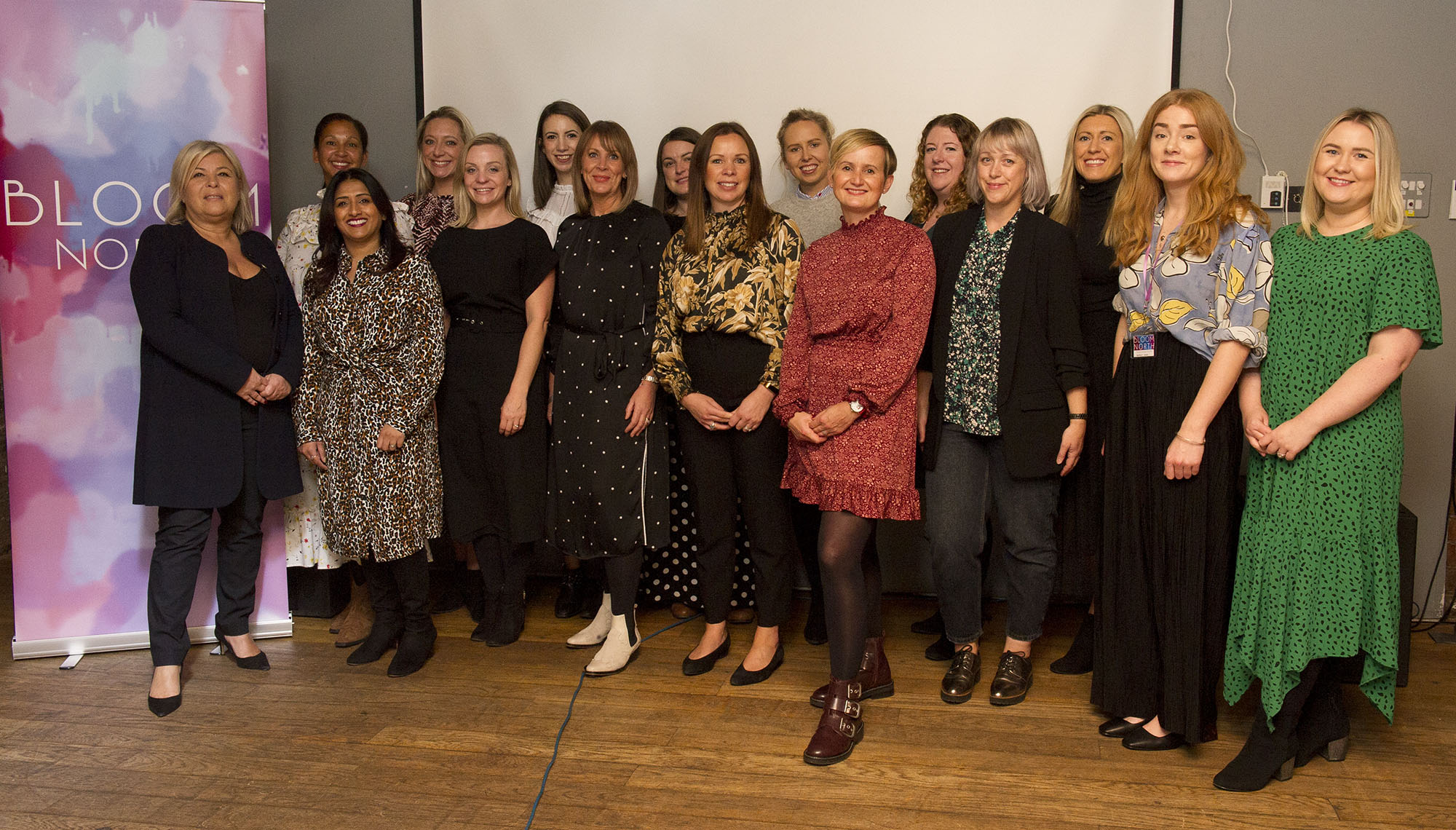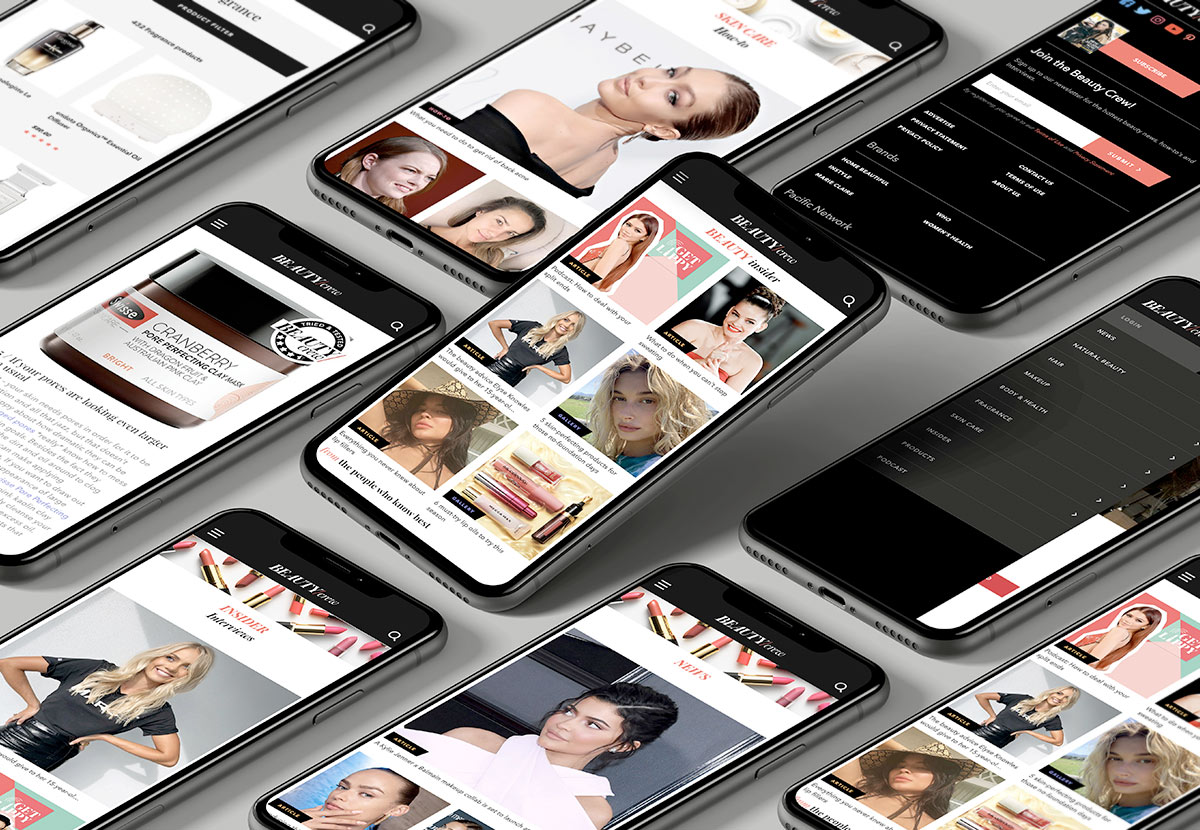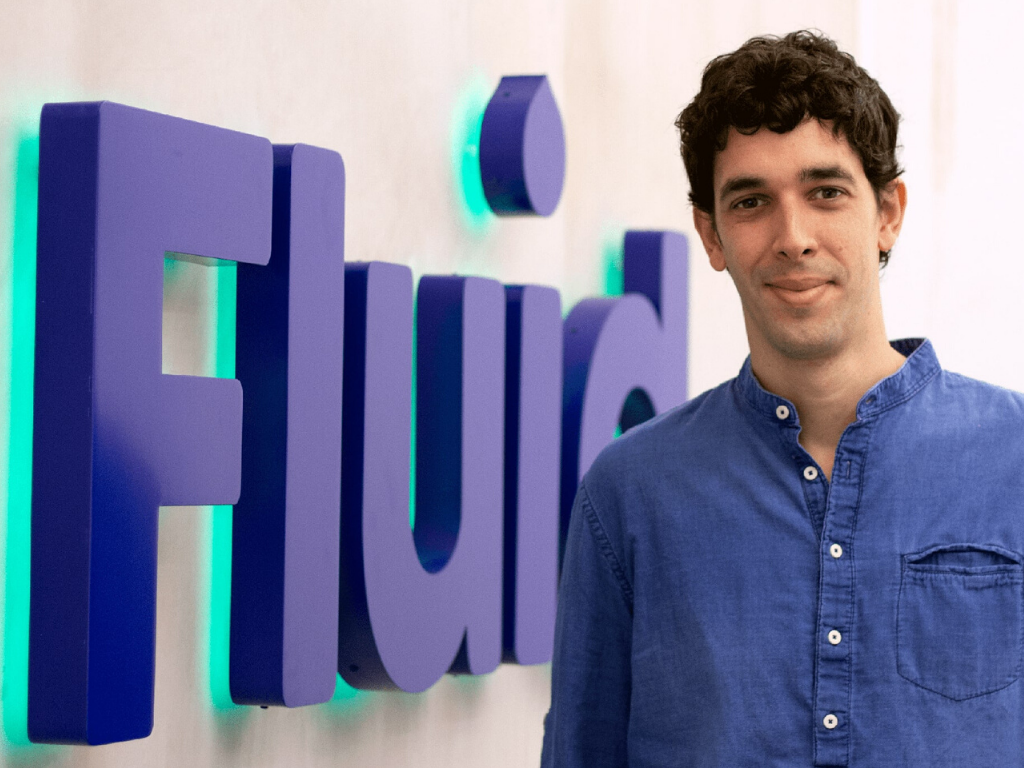
We’ve seen Facebook go from the highest highs, expanding into the metaverse, to the lowest lows – a global inter-platform outage lasting hours. Digital marketers have faced increased data privacy and multiple iOS updates. These have impacted attribution and analytics, but we’ve risen to the challenge. Let’s take a look at what 2022 might have in store for digital marketers and brands everywhere…
Video
Video content is convenient, visually appealing and educational. Informational videos, product demonstrations, behind the scenes content, and user-generated try-ons, hauls and reviews, the options are endless. Varied video content is a great way to engage an audience with both brand awareness and specific product pushes.
Video has proved essential in both paid and organic social content this year. The algorithm has tended to favour it over still imagery. The rise of apps and features such as TikTok, Instagram reels and Youtube Shorts has given vertical video a new lease of life.
We predict this trend will continue into 2022. According to Google, brands that add product feeds to their Video action campaigns already achieve over 60% more conversions at a lower cost, proving that the format has a direct application in the e-commerce customer journey.
In 2022, digital marketers might finally embrace Youtube’s potential as a social medium, not just an entertainment platform, making it an invaluable marketing tool.
“63% of viewers say that they bought a brand as a result of seeing it on Youtube.”
Think With Google
Targeting
This year, the repeated challenges of iOS updates limited marketers’ access to key data and attribution windows.
You heard it here first, the cookie is predicted to be dead by 2023. This will force targeting to become more granular and specific in the interim year. The process will be helped along by brands budgeting higher for ad spend, as they begin to realise the true value of digital advertising.
Brands are likely to segment spend across more platforms in order to ensure the maximum number of online touchpoints. This will include partnering with micro-influencers to ensure a more meaningful connection with users.
On top of this, AI technology is advancing at an ever-increasingly rapid rate, providing access to better quality data. Soon, marketers will be able to reach beyond basics like marital status and TV show preferences and into more relevant territory.
As a result, industry creatives will have higher involvement in all things data in 2022. Content creators, designers, copywriters and UX executives will have a bigger part to play in future targeting methods.
Hybrid Events
Hybrid events became a necessity when fully live events like conferences, launch parties, runways and meet-and-greets were restricted due to travel issues and social distancing rules.
However, they may be here to stay for 2022. Hybrid events are more efficient, cost-effective, and environmentally friendly than their traditional counterparts. The combination of video-link and live elements makes for greater accessibility while retaining a sense of exclusivity.
Hybrid events offer e-commerce brands a way to better inspire their audiences and foster the community spirit essential to digital brand building, without having to break the bank or sacrifice brand values like environmental responsibility.
AR and the Metaverse

Although Facebook’s intrepid expansion into the metaverse remains fresh, we’re already thinking about its potential for revolutionary digital marketing moves.
VR and AR are far from new, having branched into territories like gaming, filters, headset devices and lenses. Facebook’s move, however, is surely emblematic of greater things to come.
AR’s wealth of untapped marketing potential remains to come into full fruition, but we’ve no doubt it will in the advertiser and user-generated content of 2022.
QR Codes
QR code scanning finally found its groove during the pandemic. The mobile link access feature has been around for years but had only been used in dribs and drabs until it really came into its own in the age of contact-free living.
We now use QR codes for everything from location check-in, viewing a menu and ordering food, to booking tickets and accessing info about an event. Why not expand this possibility into the e-commerce world? We’re not recommending you go around town sticking branded QR code stickers on all the lamp posts, but don’t dismiss the power of the code.
In-app social shopping could be one way we see QR codes hit the e-commerce market in 2022. Snapchat is reportedly already working on a scanning option that connects users to additional info and special offers by participating retailers.
We can’t wait to see which platform will pick up this feature next (Instagram, we’re looking at you!).
Pay Later Options
Pay later options are yet another e-commerce feature that have thrived in the dystopian hellscape of the pandemic. But will pay later lenders go bust ‘pay-day loan style’, or will they make their success a long game?
Following the moral panic generated by the speed and ease of access of these services, often without credit or repayability checks, regulation is on the horizon. Despite this, analysts at Juniper Research predict that spending via BNPL services will hit almost £37bn by 2026. Some firms even predict that pay later options could eclipse credit card lenders in the coming years!
We’re not so sure about that, but we do know that the FCA plans to consult on new rules surrounding the platforms in 2022, which could curtail their growth.
dmt’s Predictions
That’s enough fortune-telling, for now ?
What developments are the dmt team looking forward to in 2022?
“As e-commerce expands into the metaverse, copywriting will naturally follow, creating new forms of writing. Blogging could become even more important for brands”.
Hannah, Copywriter.
“Work is already been done on developing digital clothing that your online image can wear, similar to Insta-filters. I’m intrigued to see this come into use as a marketing tool to try out clothes before you buy. It also foreshadows an exciting new market for buying digital avatar clothes in the ‘metaverse’”.
Elliott, Graphic Designer.
“I expect the trend of e-commerce brands migrating from traditional infrastructure in favour of SaaS solutions like Shopify and Big Commerce to continue. I also expect (and hope) to see an increased focus on a more interactive and interesting browsing experience, as brands try to stand out online – think animations based on the user’s interaction with the page as you see on the Apple website, albeit probably not quite so advanced”.
Frenchie, Web Developer.
“VR will be on the rise, I definitely expect to see this more on FB/IG ads and it’ll be pretty exciting to make them too! Fashion ads, especially, will head towards becoming more interactive. I anticipate that more in-platform shopping experiences will become available in an attempt to combat iOS14.5”.
Charlotte, Paid Social Executive
“With Smart Shopping rumoured to adopt elements which are only currently available via Standard Shopping, I predict Google to announce the end of Standard Shopping campaigns. I also expect to see automation to continue to be aggressively rolled out to advertisers, with new campaign type, ‘Performance Max’, likely changing the game in how we advertise for 2022”.
Lucy, PPC Executive.
What Does 2022 Hold For Your Brand?
Feeling ambitious? dmt could help propel your e-commerce marketing towards success. Check out our services in Paid Social, PPC and Email Advertising and drop us a line to find out more!









